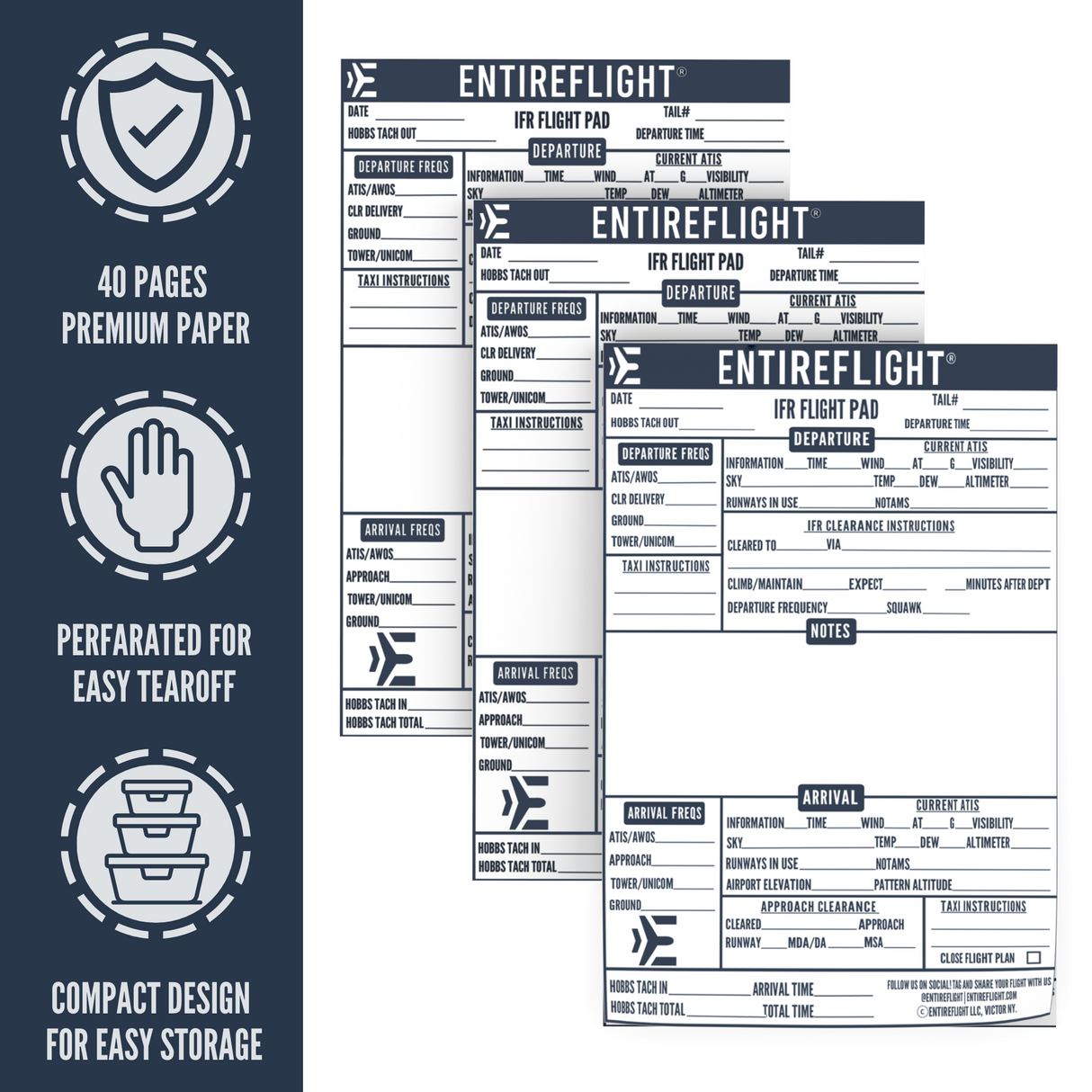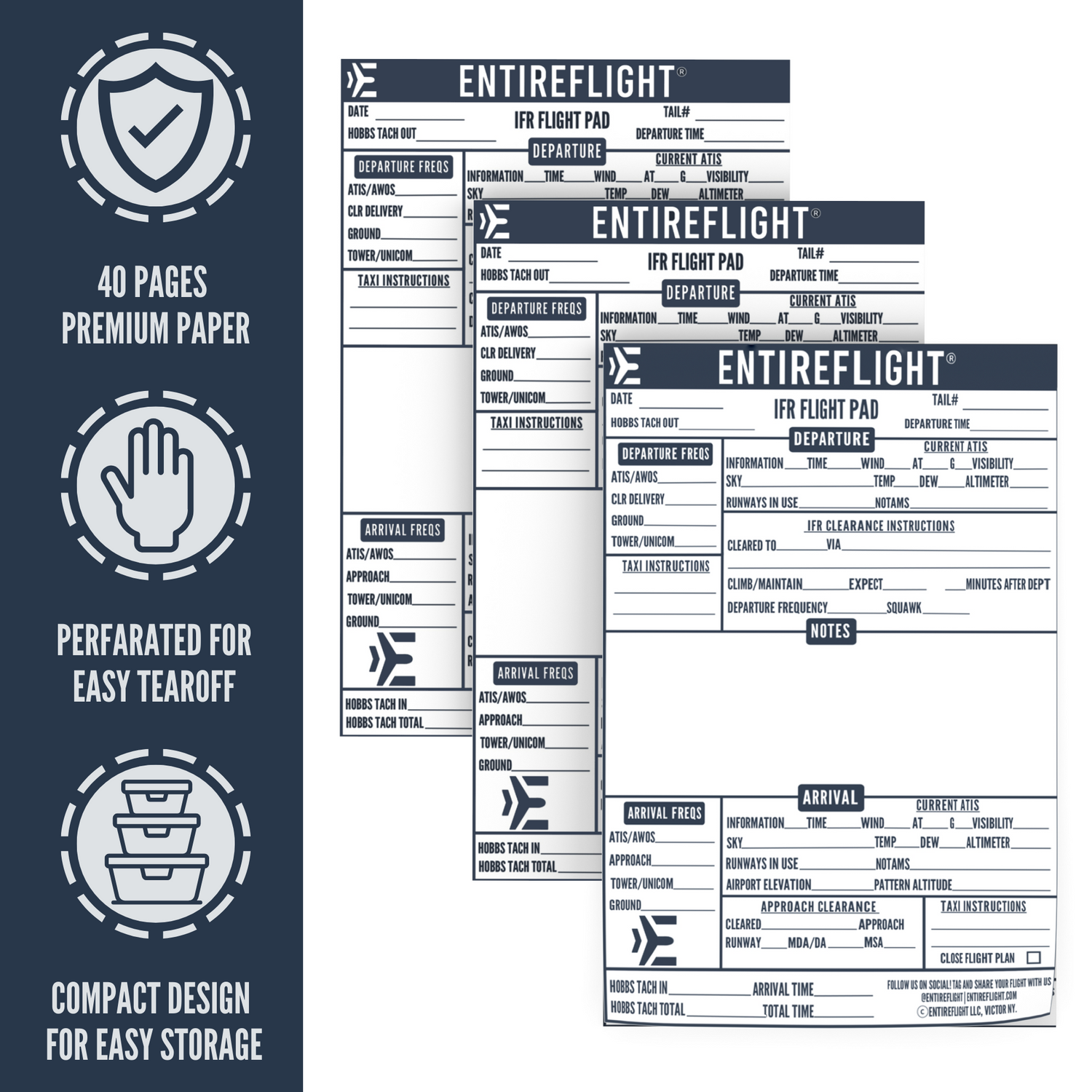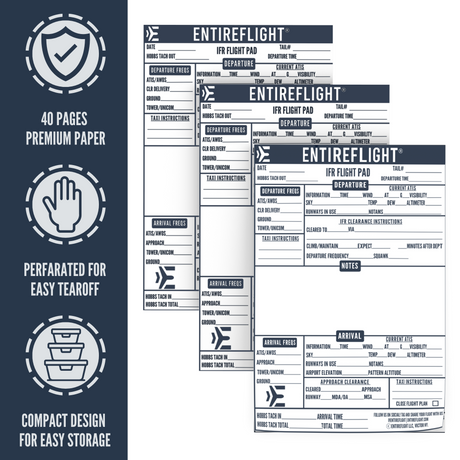If you're a pilot, you know that thunderstorms can be one of the most challenging weather conditions to navigate through. Isolated and scattered thunderstorms can be particularly tricky to fly through, as they can be difficult to predict and avoid. However, with the right knowledge and preparation, you can safely navigate through these weather conditions.
One of the most important things to keep in mind when dealing with isolated and scattered thunderstorms is to always be aware of the weather conditions in the area you're flying through. This means checking weather reports before takeoff and keeping an eye on weather patterns during your flight. It's also important to know how to read radar images and understand weather patterns, so you can anticipate changes in the weather and avoid dangerous conditions.
Another key factor to consider when flying through isolated and scattered thunderstorms is your altitude. Thunderstorms can create strong updrafts and downdrafts, which can be dangerous for aircraft. By flying at a safe altitude, you can reduce your risk of encountering these dangerous conditions. Additionally, it's important to be aware of any changes in wind speed and direction, as these can also impact your flight path and safety.
Understanding Thunderstorms
Thunderstorms are a common occurrence during the summer months and can pose a significant threat to pilots. Understanding the formation and characteristics of thunderstorms is essential for any pilot to avoid or navigate them safely.
Formation
Thunderstorms form when warm, moist air rises and cools, resulting in the formation of cumulus clouds. As the clouds continue to grow, they can develop into thunderstorms. The process is often triggered by the presence of a frontal system, such as a cold front or warm front, or by convective instability caused by intense heating of the ground.
Characteristics
Thunderstorms are characterized by the presence of lightning, thunder, and heavy rain. They can also produce hail, strong winds, and tornadoes. Thunderstorms can be classified into three categories based on their severity: isolated, scattered, and widespread.
Isolated thunderstorms are typically small and short-lived, with a lifespan of less than an hour. They are often associated with cumulus clouds and are usually easy to avoid.
Scattered thunderstorms are more widespread than isolated thunderstorms and can last for several hours. They are often associated with cumulonimbus clouds and can be more challenging to navigate.
Widespread thunderstorms are the most severe type of thunderstorm and can cover large areas. They are often associated with severe weather conditions, such as tornadoes, flash floods, and damaging winds.
Isolated Vs Scattered Thunderstorms
As a pilot, it's important to understand the difference between isolated and scattered thunderstorms, as they can have different impacts on your flight. Isolated thunderstorms are generally easier to avoid, as they are confined to a small area. However, if you do encounter an isolated thunderstorm, it can still be dangerous, as it may contain strong winds, hail, and lightning.
Scattered thunderstorms, on the other hand, can be more difficult to avoid, as they cover a larger area. If you are flying through an area with scattered thunderstorms, it's important to keep a close eye on your radar and weather reports to avoid flying into a storm. Scattered thunderstorms can also create more turbulence, making for a bumpier ride.
Pilot's Pre-flight Preparations
As a pilot, it is crucial to prepare for isolated and scattered thunderstorms before takeoff. This section will cover the necessary pre-flight preparations to ensure a safe flight.
Weather Briefing
Before takeoff, you should obtain a thorough weather briefing to determine the potential for thunderstorms along your route. You can obtain weather information from various sources, including the National Weather Service, Flight Service Stations, and online weather services.
When reviewing the weather briefing, pay close attention to thunderstorm activity, cloud coverage, and wind patterns. Thunderstorms can develop quickly, so it is important to stay updated on the latest information.
Flight Planning
When planning your flight, consider the potential for isolated and scattered thunderstorms. Identify alternate routes that avoid areas with thunderstorm activity. It is also important to have a backup plan in case you encounter thunderstorms during your flight.
During your flight planning, ensure that your aircraft is equipped with weather radar and lightning detection systems. These systems can help you avoid thunderstorms and provide early warning of potential hazards.
In addition, review your aircraft's limitations and performance capabilities to ensure that you are prepared for any weather-related challenges that may arise during your flight.
In-Flight Strategies
When flying through isolated or scattered thunderstorms, it's important to have a plan in place to ensure the safety of yourself and your passengers. Here are some in-flight strategies to keep in mind:
Detecting Thunderstorms
The first step in avoiding thunderstorms is to detect them early. Keep an eye on weather reports and radar imagery to identify areas of potential thunderstorm activity. In addition, be on the lookout for visual cues such as towering cumulus clouds and lightning flashes.
Avoidance Techniques
If you detect a thunderstorm in your path, the best course of action is to avoid it altogether. You can do this by flying around the storm, either by changing altitude or altering your course. It's important to give thunderstorms a wide berth, as they can produce strong turbulence, hail, and lightning strikes.
Handling Turbulence
If you do encounter turbulence while flying through a thunderstorm, there are some steps you can take to minimize its effects. First, slow down to your aircraft's recommended turbulence penetration speed. This will help reduce the stress on your aircraft and make it easier to maintain control. Second, keep your seatbelt fastened at all times to prevent injury in case of sudden turbulence. Finally, if the turbulence becomes too severe, consider diverting to an alternate airport until the storm has passed.
Remember, the key to flying safely through thunderstorms is to detect them early, avoid them if possible, and handle turbulence with care. By following these in-flight strategies, you can ensure a safe and comfortable flight for you and your passengers.
Post-Flight Analysis
After landing safely, it is important to conduct a post-flight analysis to reflect on your flight and learn from your experiences. This analysis will help you identify areas for improvement and make adjustments for future flights.
Reviewing Flight Logs
One of the most important steps in post-flight analysis is reviewing your flight logs. Your flight logs contain valuable information such as altitude, airspeed, and weather conditions. By reviewing your logs, you can identify patterns and trends that may have contributed to any issues during your flight.
Take note of any deviations from your planned route, changes in altitude or airspeed, and any weather conditions you encountered. This information can help you make adjustments for future flights and improve your decision-making skills.
Learning from Experiences
Another important aspect of post-flight analysis is reflecting on your experiences. Consider what went well during your flight and what could have been improved. Did you encounter any unexpected challenges? How did you handle them?
By reflecting on your experiences, you can identify areas for improvement and develop strategies to overcome challenges in the future. This will help you become a better pilot and improve the safety of your flights.
Conclusion
As you navigate the skies and encounter isolated and scattered thunderstorms, your safety remains paramount. By understanding the dynamics of these weather phenomena and employing the strategies and tips we've shared in this guide, you can enjoy a safer and more confident flying experience.
Always remember that being well-prepared and making informed decisions are key to overcoming the challenges that nature might throw your way. Stay vigilant, stay informed, and above all, enjoy the journey of flight while prioritizing your safety and that of your passengers. Happy flying!
Frequently Asked Questions
1 - What are the 3 stages of a thunderstorm in aviation?
The three stages of a thunderstorm in aviation are the cumulus stage, the mature stage, and the dissipating stage. The cumulus stage is characterized by the formation of cumulus clouds, which grow vertically due to updrafts. The mature stage is characterized by the presence of heavy rain, lightning, and strong winds. The dissipating stage is characterized by the weakening of the storm and the dissipation of the clouds.
2 - How do pilots avoid thunderstorms during flights?
Pilots can avoid thunderstorms during flights by using weather radar and satellite imagery to detect and avoid storm cells. They can also use air traffic control to receive updates on weather conditions and to receive guidance on how to navigate around storms.
3 - What is the meaning of embedded thunderstorms in aviation?
Embedded thunderstorms are thunderstorms that are hidden within a larger cloud mass. They are difficult to detect and can be dangerous for pilots because they can cause sudden turbulence and icing conditions.
4 - How do pilots deal with scattered thunderstorms during a flight?
Pilots can deal with scattered thunderstorms during a flight by flying around them or through gaps in the storm cells. They can also climb or descend to avoid the most severe parts of the storm.
5 - Can flights be canceled due to scattered thunderstorms?
Flights can be canceled due to scattered thunderstorms if the conditions are too severe for safe flying. Pilots and airlines prioritize passenger safety above all else, and if there is a risk of severe turbulence, lightning strikes, or other dangerous conditions, the flight may be canceled or delayed.






















